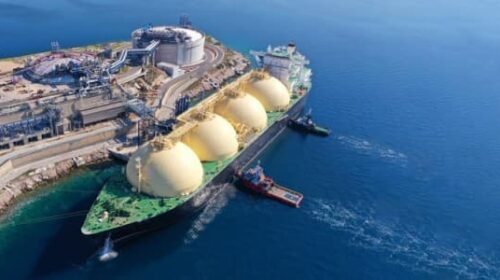Natural gas will play an important role in Australia’s accelerated energy transition as the country looks to boost renewable energy sources and phase down coal, according to Alan Finkel, Special Adviser to the Australian government on Low Emissions Technology.
Australia currently relies on a lot of conventional energy sources. Coal and natural gas account for around 79 percent of the country’s electricity generation, data from the government shows. Renewable energy from wind, solar, and hydropower provide the remaining 21 percent of Australia’s electricity supply. This includes both large generators and small systems owned by Australian families and businesses.
“There is a pursuit of perfection to say get out of fossil fuels completely, and eventually we will,” the government’s adviser Finkel told Bloomberg TV in an interview on Monday.
“But for the next 10, 15, 20 years, being able to call on natural gas to firm up the solar and wind electricity in a country like Australia will enable us to develop and deploy solar and wind at enormous scale — more quickly than if we cannot call on natural gas,” Finkel added.
One of the world’s top coal exporters, Australia, is an outlier among developed economies in its high reliance on coal for electricity generation. Many other mature economies have pledged a coal phase-out within years or by 2030. Those coal phase-out plans, however, could be seriously disrupted in the ongoing energy crisis with tight gas markets, making some major economies, including Germany, turn to coal-fired power plants to keep the lights on and compensate for low Russian gas supply.
Last month, the Australian Energy Market Operator (AEMO) said in its 30-year electricity market roadmap that in the most likely future of the National Electricity Market, a so-called “step change” scenario “forecasts annual electricity consumption from the grid will double by 2050, as transport, heating, cooking and industrial processes are electrified and 60% of current coal generation exiting by 2030.”
“To maintain a secure, reliable and affordable electricity supply for consumers through this transition to 2050, investment is required for a nine-fold increase in grid-scale wind and solar capacity, triple the firming capacity (dispatchable storage, hydro and gas-fired generation) and a near five-fold increase in distributed solar,” said AEMO chief executive Daniel Westerman.





